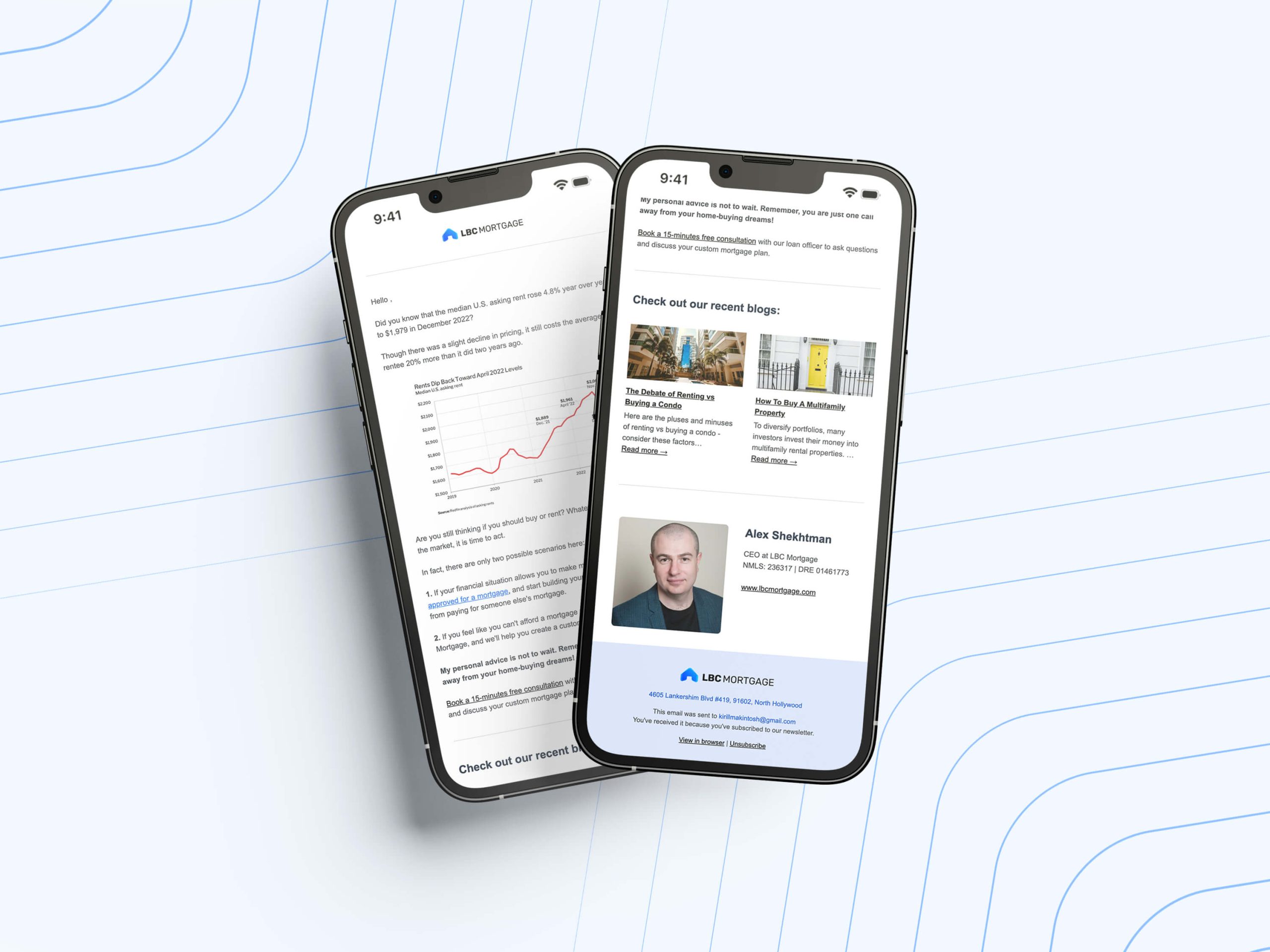What Is the Middle-Class Homeownership Act?
California's housing market remains one of the most challenging in the country. Even middle-income families often find themselves priced out, unable to save enough for a down payment despite having stable jobs. At LBC Mortgage, we understand how difficult it can be to break into homeownership, especially in high-cost areas like Los Angeles and the Bay Area. That's why we're focused on helping buyers navigate new solutions like the proposed Middle-Class Homeownership Act and take full advantage of existing down payment assistance programs.
Overview of the Proposed Legislation
The Middle-Class Homeownership and Family Home Construction Act is a proposed California ballot measure aimed at helping middle-income buyers purchase newly built single-family homes. If passed, it would create a second mortgage program administered by the California Housing Finance Agency (CalHFA). The program would provide financing to cover down payment and closing costs for qualified buyers, acting as a junior lien alongside a traditional first mortgage.
How It Would Work
The Act proposes that the state issue revenue bonds to fund this second mortgage program. These bonds would not impact the state budget directly because they would be repaid by the homeowners who use the loans. The second loan would not require monthly payments. Instead, it would be repaid if the homeowner sells or refinances the property within a 15-year period. This structure helps reduce the monthly burden on homebuyers while still allowing the state to recoup funds.
Focus on New Construction
The proposed program would apply only to newly built single-family homes. This requirement is designed to stimulate housing development, one of the Act's primary goals. By linking assistance to new construction, the legislation aims to increase housing supply while also helping buyers who may not benefit from other programs that focus on existing properties.
California’s Existing Down Payment Assistance Programs
California already offers several down payment assistance options, many of which are designed for first-time or low-to-moderate-income buyers. These programs are administered through CalHFA, city and county governments, and regional finance agencies. Here's how they work and how they might complement the proposed Act.
CalHFA MyHome Assistance Program
The MyHome Assistance Program offers a deferred-payment junior loan for down payment and closing costs. For FHA loans, borrowers can receive up to 3.5% of the home’s purchase price or appraised value. For conventional loans, the cap is 3%. The loan does not require monthly payments and is due when the borrower sells, refinances, or pays off the first mortgage.
To qualify, buyers must meet income limits based on county guidelines, complete a homebuyer education course, and work with a CalHFA-approved lender. The program is open to first-time homebuyers using a CalHFA first mortgage.
California Dream For All Shared Appreciation Loan
This program offers up to 20% of a home's purchase price as down payment assistance to first-generation homebuyers. In exchange, the state receives a share of the home’s appreciation when it is sold or refinanced. Because of its popularity and limited funding, this program is distributed via lottery to eligible applicants.
Eligibility is limited to those whose parents or legal guardians have never owned a home. Borrowers must also meet income and loan limits, and use a CalHFA-approved mortgage product.
Middle-Income Downpayment Assistance from FHLBank San Francisco
FHLBank San Francisco offers a matching grant program for buyers earning between 80% and 140% of the area median income. Buyers must contribute at least $10,000 of their own funds. In return, they may receive up to $50,000 in matching funds, which can be used toward the down payment and closing costs. The assistance is offered through participating financial institutions across California.
Local and County Assistance Programs
Cities and counties across California offer their own assistance programs. These include deferred-payment loans, grants, and silent second mortgages. For example, Los Angeles County’s Home Ownership Program (HOP) offers help with down payments for first-time homebuyers, provided they meet income and purchase price limits.
Each local program has its own requirements, funding levels, and availability. Some are limited to certain neighborhoods or types of properties. Many can be combined with state-level assistance for a larger total benefit.
GSFA Programs
The Golden State Finance Authority (GSFA) offers non-repayable grants for down payment and closing cost assistance. These programs are available to a wide range of buyers and can be paired with FHA, VA, USDA, or conventional loans. GSFA programs are available through participating lenders and are especially popular in rural and suburban areas.
How the New Act Would Fit with Existing Programs
Complementary, Not Competitive
The Middle-Class Homeownership Act is not designed to replace existing down payment assistance programs. Instead, it would serve as an additional tool for buyers who do not qualify for current offerings but still face affordability challenges. While most existing programs target low-income or first-time buyers, the new Act focuses on the middle-income segment, which is often underserved.
Layered Financing Approach
Buyers could potentially combine assistance from CalHFA or GSFA with the second mortgage provided under the Act. For example, a buyer might use the MyHome program to cover part of their down payment and then use the middle-class assistance to cover the rest, including closing costs. This approach helps maximize affordability and reduces the need for out-of-pocket funds.
Targeted Use for New Homes
Because the Act focuses exclusively on new construction, it would likely be most useful in growing communities where new developments are underway. Buyers looking in these areas could benefit both from competitive prices on new homes and from enhanced financial support.
Potential Benefits and Considerations
Benefits for Homebuyers
The Middle-Class Homeownership Act would make it easier for buyers with stable incomes to enter the housing market without draining their savings. The deferred repayment structure reduces monthly expenses, allowing homeowners to build equity before facing repayment obligations.
The Act also supports broader economic goals. By stimulating new home construction, it helps ease the statewide housing shortage and create jobs in the building industry.
Things to Consider
The program would require repayment if the home is sold or refinanced within 15 years. Buyers need to understand these terms clearly and plan for them. The property must also meet specific requirements, such as being a newly built single-family home.
Another factor is availability. Like current DPA programs, demand may exceed supply, especially in high-cost markets. If that happens, the state may use lotteries or waitlists to allocate funding.
Why Work with LBC Mortgage
Navigating California’s home financing landscape can be overwhelming. Between state programs, local assistance, and proposed legislation, it’s easy to miss out on opportunities. That’s where LBC Mortgage can help.
We specialize in helping buyers layer financing options to reduce out-of-pocket costs. We stay current with legislative updates, including the Middle-Class Homeownership Act, and we work with CalHFA and GSFA-approved lenders. Whether you're looking at a new development or an existing home, we can help you identify all the programs you qualify for and guide you through each step of the process.





